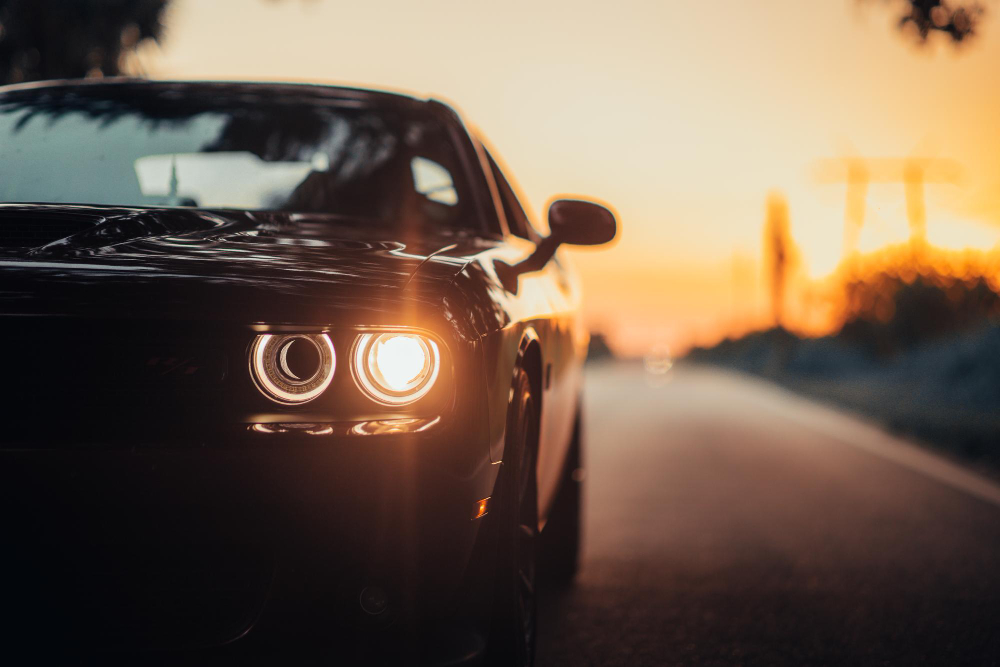Table of Contents
From Novice to Pro: Car Photography Tips for All!
Introduction to Car Photography Tips
Car photography is a photography genre that focuses on capturing the beauty, design, and performance of cars. Whether you are a car enthusiast, a professional photographer, or just someone who likes to take pictures of cool machines, car photography can be a fun and rewarding hobby. However, car photography also comes with its own challenges and requires some specific skills and equipment to get the best results.
The Importance of the Right Lens in Car Photography
One of the most important factors in car photography is choosing the right lens for your camera. The lens is the part of your camera that determines how much light enters the sensor, how much of the scene you can capture, and how sharp and detailed your images are. The lens also affects the perspective, depth of field, and distortion of your car photos. Therefore, choosing the right lens for car photography can make a huge difference in the quality and style of your images.
We have written an article about 7 Best Lens for Car Photography where you can choose the best lens for you.
Factors to Consider When Choosing the Best Lens for Car Photography
There are many types of lenses available for different cameras and purposes, but not all of them are suitable for car photography. When choosing the best lens for car photography, you need to consider several factors, such as:
- Aperture: The aperture is the opening in the lens that controls how much light passes through. A wider aperture (lower f-number) allows more light to enter, which is useful for low-light situations and creating a shallow depth of field (blurry background). A narrower aperture (higher f-number) allows less light to enter, which is useful for bright situations and creating a deep depth of field (sharp background).
- Focal length: The focal length is the distance between the lens and the sensor when focused at infinity. It determines how much of the scene you can fit in your frame and how magnified your subject appears. A shorter focal length (wide-angle lens) allows you to capture more of the scene and makes your subject appear smaller and farther away. A longer focal length (telephoto lens) allows you to capture less of the scene and makes your subject appear larger and closer.
- Image stabilization: Image stabilization is a feature that reduces camera shake and blur caused by hand movements or vibrations. It can be either built-in the lens or the camera body. Image stabilization is helpful for shooting handheld at slow shutter speeds or long focal lengths, especially when shooting cars in motion.
- Autofocus: Autofocus is a feature that automatically adjusts the focus of the lens based on the subject or the selected point. It can be either driven by a motor in the lens or by an ultrasonic wave in the camera body. Autofocus is useful for capturing fast-moving cars or changing focus quickly and accurately.
- Build quality: Build quality refers to how well-made and durable the lens is. It can affect the weight, size, handling, and performance of the lens. A high-quality lens usually has a metal construction, weather-sealing, smooth zooming and focusing rings, and a solid mount. A low-quality lens usually has a plastic construction, no weather-sealing, stiff or loose zooming and focusing rings, and a weak mount.
Reviewing Aperture: The Role of Light in Photography
Aperture is one of the three elements of exposure, along with shutter speed and ISO. Exposure is how bright or dark your image is, depending on how much light reaches the sensor. Aperture affects exposure by controlling how much light passes through the lens.
Aperture is measured in f-stops, which are numbers that indicate how wide or narrow the opening in the lens is. For example, f/2.8 means that the opening is 2.8 times as wide as the focal length of the lens. The lower the f-number, the wider the aperture; the higher the f-number, the narrower the aperture.
A wider aperture (lower f-number) allows more light to enter, which means you can use a faster shutter speed or a lower ISO to get a correct exposure. This is useful for low-light situations or when you want to freeze motion. A wider aperture also creates a shallow depth of field, which means that only a small part of your image is in focus while everything else is blurry. This is useful for isolating your subject from the background or creating a bokeh effect.
A narrower aperture (higher f-number) allows less light to enter, which means you need to use a slower shutter speed or a higher ISO to get a correct exposure. This is useful for bright situations or when you want to show motion blur. A narrower aperture also creates a deep depth of field, which means that most or all of your image is in focus from near to far. This is useful for showing details or context in your image.
Focal Length: Choosing Between 35mm, 50mm, and 85mm
Focal length is another factor that affects how your car photos look. Focal length determines how much of the scene you can capture and how magnified your subject appears. Focal length is measured in millimeters (mm), which indicate how far the lens is from the sensor when focused at infinity.
The focal length of a lens can be either fixed or variable. A fixed focal length lens, also known as a prime lens, has only one focal length and cannot zoom in or out. A variable focal length lens, also known as a zoom lens, has a range of focal lengths and can zoom in or out by changing the distance between the lens elements.
Prime lenses are usually preferred for car photography because they tend to have better image quality, wider apertures, faster autofocus, and lighter weight than zoom lenses. However, zoom lenses are more versatile and convenient because they allow you to change the composition and perspective without changing the lens or moving your position.
Some of the most popular prime lenses for car photography are 35mm, 50mm, and 85mm. These focal lengths are suitable for different types of car shots and styles. Here is a brief comparison of these three focal lengths:
- 35mm: A 35mm lens is a wide-angle lens that allows you to capture more of the scene and the environment around the car. It is ideal for shooting cars in landscapes, cityscapes, or interiors. It can also create a dynamic and dramatic perspective by exaggerating the size and distance of objects. However, a 35mm lens can also cause distortion and make the car look stretched or distorted if you get too close to it.
- 50mm: A 50mm lens is a standard lens that gives you a natural and realistic view of the scene and the car. It is ideal for shooting cars in portraits, details, or full-body shots. It can also create a balanced and pleasing perspective by maintaining the proportions and shapes of objects. However, a 50mm lens can also be boring and ordinary if you don’t use it creatively or effectively.
- 85mm: An 85mm lens is a telephoto lens that allows you to capture less of the scene and isolate the car from the background. It is ideal for shooting cars in close-ups, details, or headshots. It can also create a flattering and elegant perspective by compressing the distance and depth of objects. However, an 85mm lens can also be limiting and challenging if you don’t have enough space or light to use it.
How to Use a Lens to Get Better Car Images
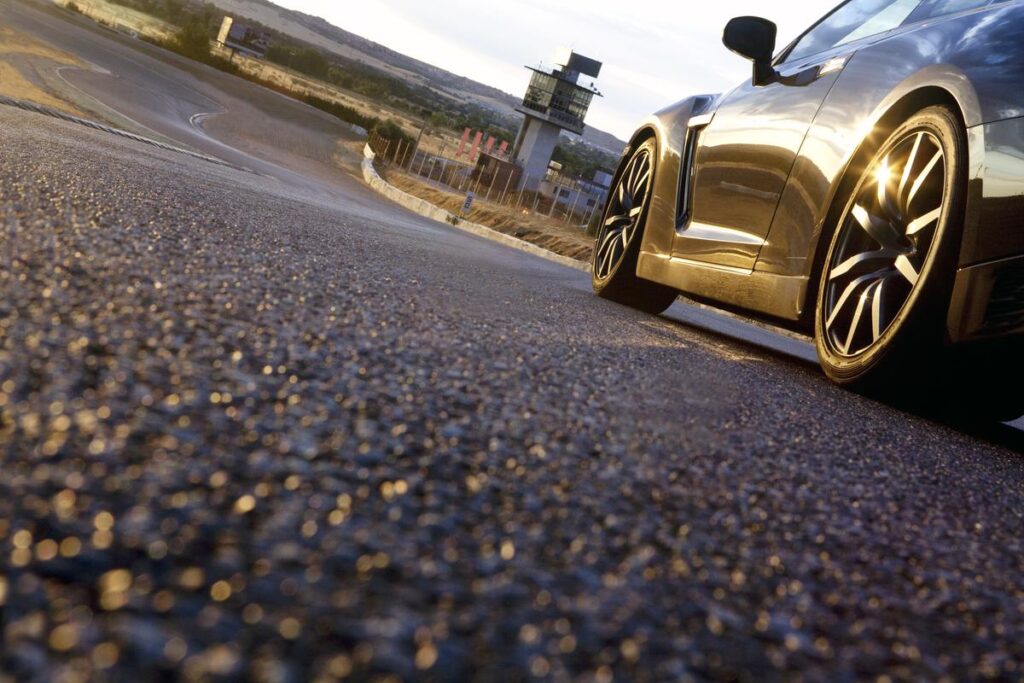
Choosing the right lens for car photography is not enough; you also need to know how to use it properly to get better car images. Here are some tips on how to use a lens to get better car images:
- Use a tripod: A tripod is a device that holds your camera steady and prevents camera shake and blur. It is especially useful when using a long focal length, a slow shutter speed, or a low light situation. A tripod can also help you compose your shots more carefully and precisely.
- Use a polarizing filter: A polarizing filter is an accessory that attaches to the front of your lens and reduces reflections and glare from shiny surfaces such as glass, metal, or water. It can also enhance colors and contrast in your images. A polarizing filter can help you show off the paintwork, windows, or details of your car more clearly and vividly.
- Use manual focus: Manual focus is a feature that allows you to adjust the focus of your lens manually by turning a ring on the lens barrel. It gives you more control and accuracy over what part of your image is in focus. Manual focus can help you achieve sharper and more precise focus on your car, especially when using a wide aperture or shooting close-ups.
- Use different angles: Different angles can give you different perspectives and views of your car. They can also create different moods and emotions in your images. Try to use different angles such as high, low, front, back, side, diagonal, or tilted to show different parts of your car or emphasize different features or characteristics.
- Use different distances: Different distances can give you different compositions and crops of your car. They can also affect how much of the background or foreground you include in your images. Try to use different distances such as close-up, medium, or far to show different aspects of your car or create different effects such as isolation or context.
Exploring Different Types of Lenses for Car Photography
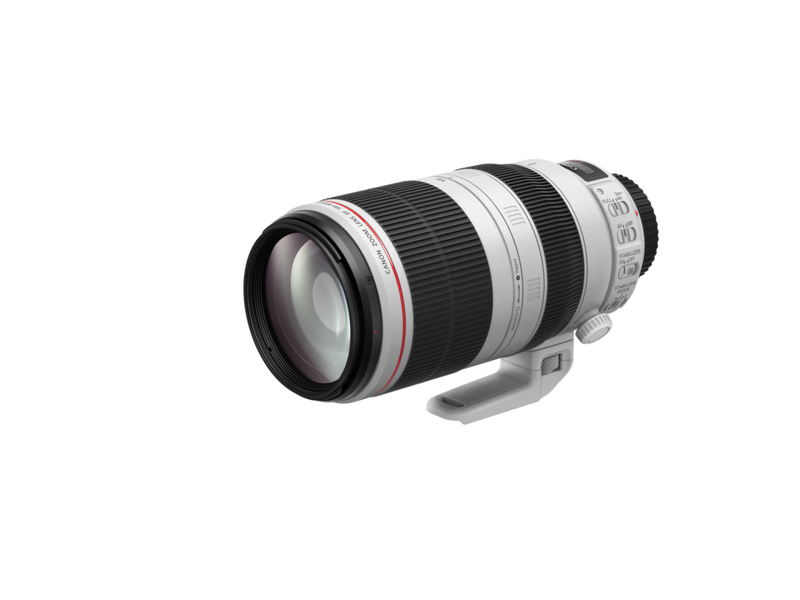
There are many types of lenses available for car photography, but not all of them are suitable for every situation or style. Depending on what type of car photography you want to do, you may need different types of lenses to achieve different results.
The Wide Aperture Lens: Canon EF 24-70mm
Canon EF 24-70mm f/2.8L II USM Lens A wide aperture lens is a lens that has a large maximum aperture (low f-number) such as f/2.8 or lower. A wide aperture lens allows more light
to enter, which is useful for low-light situations and creating a shallow depth of field. A wide aperture lens can help you create stunning car images with a silky smooth bokeh effect that isolates your car from the background.
One of the best wide aperture lenses for car photography is the Canon EF 24-70mm f/2.8L II USM Lens. This lens is a versatile zoom lens that covers a range of focal lengths from wide-angle to telephoto. It has a constant maximum aperture of f/2.8 throughout the zoom range, which means you can use the same wide aperture at any focal length. It also has a fast and accurate autofocus system driven by an ultrasonic motor (USM) and an image stabilization system that compensates for camera shake.
The Canon EF 24-70mm f/2.8L II USM Lens is ideal for shooting cars in various situations and styles. You can use it to capture cars in landscapes, cityscapes, interiors, portraits, details, or full-body shots. You can also use it to create different perspectives and effects by changing the focal length and aperture. For example, you can use the 24mm focal length to create a dynamic and dramatic view of your car, or use the 70mm focal length to create a flattering and elegant view of your car. You can also use the f/2.8 aperture to create a shallow depth of field that blurs the background, or use a smaller aperture to create a deeper depth of field that shows the context.
The Canon EF 24-70mm f/2.8L II USM Lens is also a high-quality lens that delivers sharp and detailed images with minimal distortion, chromatic aberration, or vignetting. It has a metal construction, weather-sealing, smooth zooming and focusing rings, and a solid mount. It is compatible with full-frame and APS-C cameras.
The Canon EF 24-70mm f/2.8L II USM Lens is one of the most popular and versatile lenses for car photography. It is a great lens to have in your camera bag if you want to shoot cars in different situations and styles with a wide aperture.
The 50mm Lens: A Photographer’s Best Friend
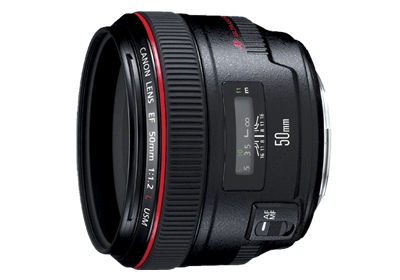
A 50mm lens is a standard lens that gives you a natural and realistic view of the scene and the car. It is also known as a normal lens or a nifty fifty lens because it has a similar field of view as the human eye and it is usually inexpensive and lightweight.
A 50mm lens is one of the best lenses for car photography because it can produce sharp and clear images with minimal distortion or aberration. It can also create a balanced and pleasing perspective that maintains the proportions and shapes of objects. It can also create a shallow depth of field with a wide aperture or a deep depth of field with a small aperture.
One of the best 50mm lenses for car photography is the Canon 50mm f/1.2L USM Lens. This lens is a prime lens that has a fixed focal length of 50mm and a large maximum aperture of f/1.2. It has a fast and accurate autofocus system driven by an ultrasonic motor (USM) and an aspherical lens element that reduces spherical aberration.
The Canon 50mm f/1.2L USM Lens is ideal for shooting cars in portraits, details, or full-body shots. You can use it to capture the personality, features, or design of your car with clarity and detail. You can also use it to create different effects by changing the aperture. For example, you can use the f/1.2 aperture to create a very shallow depth of field that isolates your car from the background or creates a bokeh effect, or use a smaller aperture to create a deeper depth of field that shows more of the scene.
The Canon 50mm f/1.2L USM Lens is also a high-quality lens that delivers bright and vivid images with excellent contrast and color rendition. It has a metal construction, weather-sealing, smooth focusing ring, and a solid mount. It is compatible with full-frame and APS-C cameras.
The Canon 50mm f/1.2L USM Lens is one of the most classic and versatile lenses for car photography. It is a great lens to have in your camera bag if you want to shoot cars in different situations and styles with a standard focal length.
The Canon EF 85mm USM Lens: Ideal for Detailed Shots
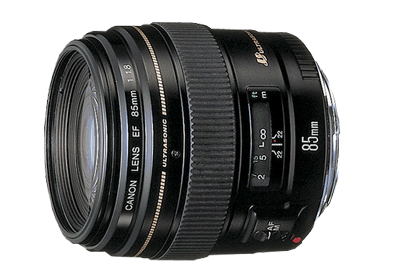
A 85mm lens is a telephoto lens that allows you to capture less of the scene and isolate the car from the background. It is also known as a portrait lens or a short telephoto lens because it can create a flattering and elegant perspective that compresses the distance and depth of objects.
A 85mm lens is one of the best lenses for car photography because it can produce sharp and detailed images with minimal distortion or aberration. It can also create a shallow depth of field with a wide aperture or a deep depth of field with a small aperture.
One of the best 85mm lenses for car photography is the Canon EF 85mm f/1.8 USM Lens. This lens is a prime lens that has a fixed focal length of 85mm and a large maximum aperture of f/1.8. It has a fast and accurate autofocus system driven by an ultrasonic motor (USM) and an internal focusing mechanism that does not change the length of the lens.
The Canon EF 85mm f/1.8 USM Lens is ideal for shooting cars in close-ups, details, or headshots. You can use it to capture the texture, color, or shape of your car with clarity and detail. You can also use it to create different effects by changing the aperture. For example, you can use the f/1.8 aperture to create a very shallow depth of field that isolates your car from the background or creates a bokeh effect, or use a smaller aperture to create a deeper depth of field that shows more of the scene.
The Canon EF 85mm f/1.8 USM Lens is also a high-quality lens that delivers bright and vivid images with excellent contrast and color rendition. It has a metal construction, smooth focusing ring, and a solid mount. It is compatible with full-frame and APS-C cameras.
The Canon EF 85mm f/1.8 USM Lens is one of the most specialized and versatile lenses for car photography. It is a great lens to have in your camera bag if you want to shoot cars in different situations and styles with a telephoto focal length.
How to Protect and Maintain Your Photography Lens
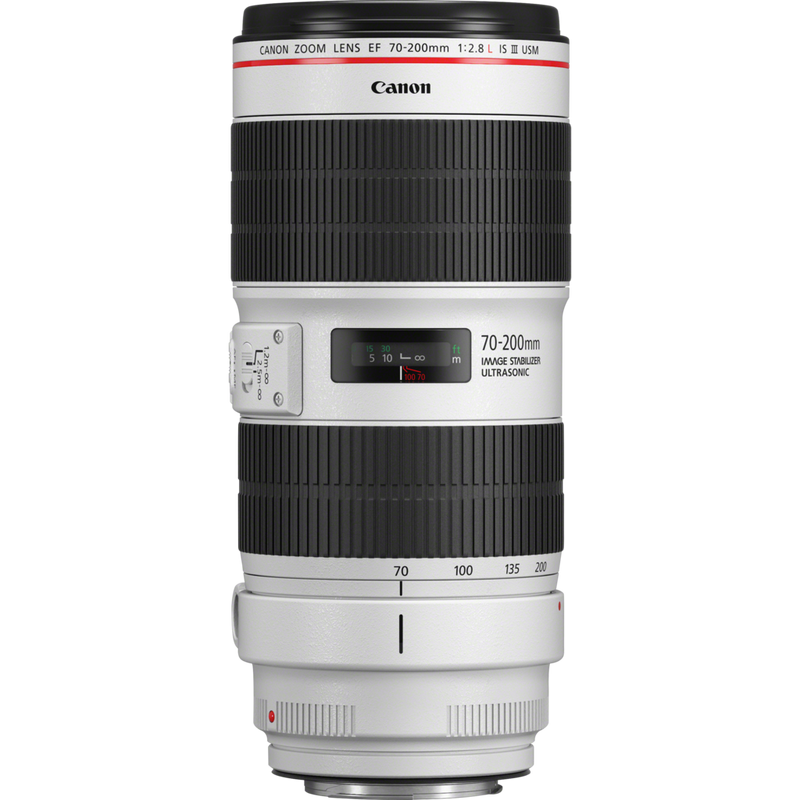
Ensuring Durability of your lenses
Your photography lens is one of the most valuable and delicate parts of your camera equipment. It is also one of the most exposed and vulnerable parts to dust, dirt, moisture, fingerprints, scratches, or impacts. Therefore, it is important to protect and maintain your photography lens properly to ensure its durability and performance.
Here are some tips on how to protect and maintain your photography lens:
- Use a lens cap: A lens cap is a plastic cover that attaches to the front or back of your lens and protects it from dust, dirt, moisture, fingerprints, scratches, or impacts when not in use. You should always use a lens cap when storing or transporting your lens or when changing lenses.
- Use a lens hood: A lens hood is a metal or plastic ring that attaches to the front of your lens and blocks unwanted light from entering the lens. It can also protect your lens from dust, dirt, moisture, fingerprints, scratches, or impacts when in use. You should always use a lens hood when shooting outdoors or in bright situations.
- Use a UV filter: A UV filter is a glass or plastic filter that attaches to the front of your lens and blocks ultraviolet rays from entering the lens. It can also protect your lens from dust, dirt, moisture, fingerprints, scratches, or impacts when in use. You should always use a UV filter when shooting in sunny or hazy situations.
- Use a lens case: A lens case is a padded bag or pouch that holds your lens and protects it from dust, dirt, moisture, fingerprints, scratches, or impacts when not in use. You should always use a lens case when storing or transporting your lens or when changing lenses.
- Use a cleaning kit: A cleaning kit is a set of tools and materials that help you clean your lens safely and effectively. It usually includes a blower, a brush, a cloth, and a liquid solution. You should always use a cleaning kit when cleaning your lens regularly or when you notice any dust, dirt, moisture, fingerprints, scratches, or impacts on your lens.
Dealing with Lens Weight and Size
Your photography lens can also affect the weight and size of your camera equipment. Depending on what type of lens you use, you may need to deal with different challenges and solutions regarding the weight and size of your lens.
Here are some examples of how to deal with the weight and size of your lens:
- Use a tripod: A tripod is a device that holds your camera steady and prevents camera shake and blur. It can also help you balance the weight and size of your camera equipment by supporting it on three legs. You should always use a tripod when using a heavy or large lens such as a telephoto zoom lens or a wide aperture prime lens.
- Use a strap: A strap is a band or cord that attaches to your camera and allows you to carry it around your neck, shoulder, or wrist. It can also help you distribute the weight and size of your camera equipment by holding it close to your body. You should always use a strap when using a light or small lens such as a standard zoom lens or a normal prime lens.
- Use a bag: A bag is a container that holds your camera and other accessories and allows you to carry them around your back, shoulder, or hand. It can also help you organize the weight and size of your camera equipment by separating it into different compartments. You should always use a bag when using multiple lenses or when changing lenses frequently.
Conclusion
Choosing the best lens for your car photography needs can be a challenging and confusing task. There are many factors to consider, such as aperture, focal length, image stabilization, autofocus, build quality, and price. There are also many types and brands of lenses available, such as wide aperture lenses, 50mm lenses, 85mm lenses, telephoto zoom lenses, super telephoto zoom lenses, ultra wide-angle lenses, and Canon lenses.
However, by following some general guidelines and tips, you can make the process easier and more enjoyable. You can also use some examples of the best lenses for car photography to get some inspiration and ideas. Here is a summary of the main points to remember:
- Aperture affects how much light enters the lens and how much of the image is in focus. A wider aperture (lower f-number) allows more light to enter and creates a shallow depth of field. A narrower aperture (higher f-number) allows less light to enter and creates a deep depth of field.
- Focal length affects how much of the scene you can capture and how magnified your subject appears. A shorter focal length (wide-angle lens) allows you to capture more of the scene and makes your subject appear smaller and farther away. A longer focal length (telephoto lens) allows you to capture less of the scene and makes your subject appear larger and closer.
- Image stabilization reduces camera shake and blur caused by hand movements or vibrations. It is especially useful when shooting handheld at slow shutter speeds or long focal lengths, especially when shooting cars in motion.
- Autofocus adjusts the focus of the lens automatically based on the subject or the selected point. It is useful for capturing fast-moving cars or changing focus quickly and accurately.
- Build quality affects how well-made and durable the lens is. It can affect the weight, size, handling, and performance of the lens. A high-quality lens usually has a metal construction, weather-sealing, smooth zooming and focusing rings, and a solid mount. A low-quality lens usually has a plastic construction, no weather-sealing, stiff or loose zooming and focusing rings, and a weak mount.
- Price affects how much you can afford to spend on a lens. It can also affect the quality and performance of the lens. A more expensive lens usually has better image quality, wider apertures, faster autofocus, image stabilization, and build quality. A cheaper lens usually has lower image quality, narrower apertures, slower autofocus, no image stabilization, and lower build quality.
By considering these factors and choosing the best lens for your car photography needs, you can create stunning car images that showcase the beauty, design, and performance of cars. You can also have fun and enjoy your hobby or profession as a car photographer. Happy shooting!


